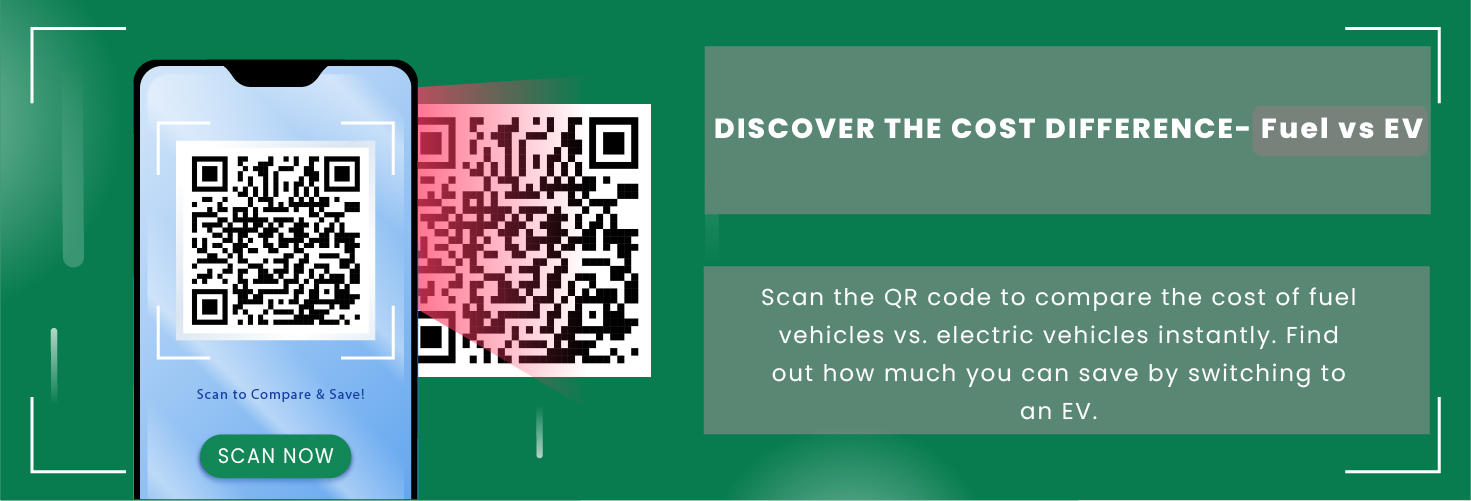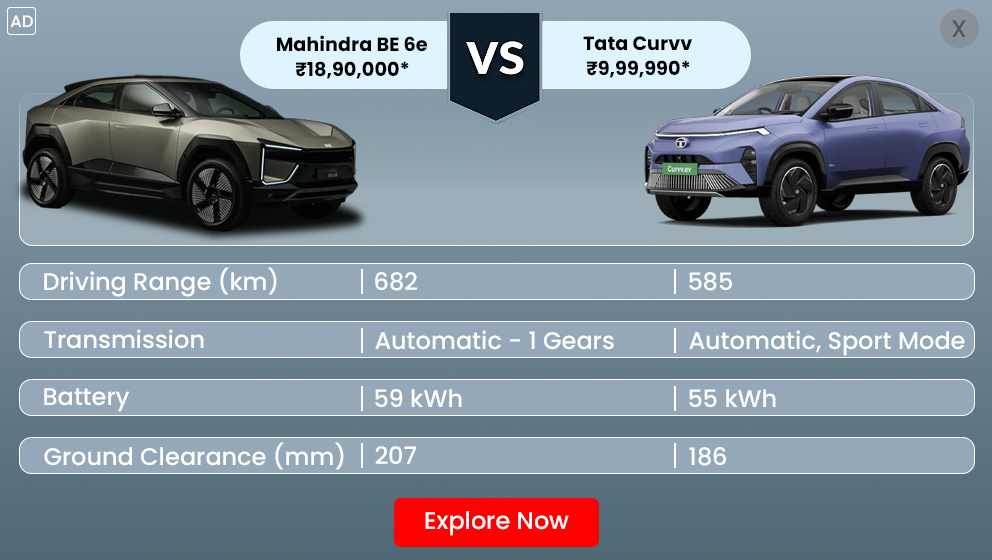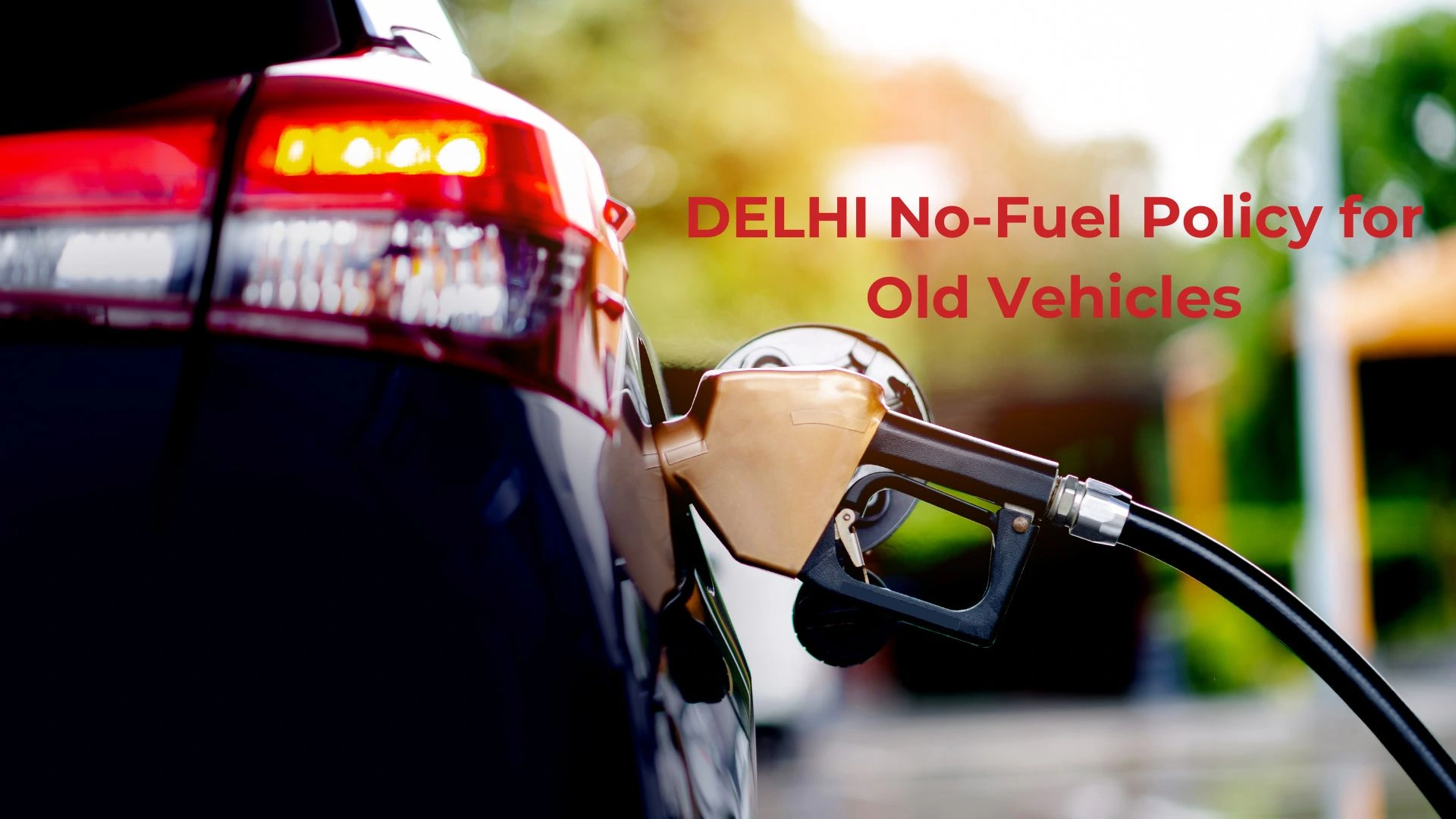Financial planning, as much as selecting the ideal make and model, is what car ownership entails. Among popular rules of thumb that most personal finance advisors advocate for is using the 20/4/10 rule. It acts as a benchmark in preventing people from overspending on a vehicle so that car purchases do not distract from long-term financial objectives.
In this post, we'll dissect what the 20/4/10 rule is, how it works, its advantages and disadvantages, and whether it suits your circumstances.
What is the 20/4/10 Rule?
The 20/4/10 rule is an easy-to-remember rule to guide you on how much car you can afford without hurting your finances. Purchasing a car using the 20/4/10 rule means you should:
- Pay a 20% deposit or higher on the car
- Cap your auto loan period at 4 years or less
- Keep overall monthly transportation costs below 10% of your gross monthly income
Let’s explore each part in detail:
20% Down Payment
- Making at least a 20% down payment lowers the balance you must finance
- Keeps you from being "upside down" on the loan (owing more than the vehicle is worth) too quickly after you buy it
4-Year Loan Term
- Shorter tenure loans enable you to repay the vehicle sooner
- Save on interest
- Although a 7-year loan might provide lower EMIs, it tends to have higher total cost
10% of Monthly Income
- Your overall car expenses—EMIs, fuel, maintenance, insurance, and taxes—should not be more than 10% of your gross monthly income
- This will ensure that you are not compromising other financial requirements in order to have a car
Also Read: AWD vs 4WD: Understanding the Key Driving Technologies
How Buying a Car with the 20/4/10 Rule Works
Using the rule is a little bit of calculation, but it's very simple. Here's how you can do it:
Step-by-Step Guide:
- Know Your Car’s Price
- For example: ₹15,00,000
- Calculate 20% Down Payment
- ₹3,00,000 in this case
- Check Loan Terms
- Remaining ₹12,00,000 to be financed over 4 years
- Estimate Monthly EMI
- Approx ₹27,000 at 9% interest rate
- Add Other Monthly Costs
- Insurance: ₹2,000
- Fuel: ₹5,000
- Maintenance: ₹1,000
- Taxes/fees: ₹500
- Total: ₹35,500 per month
- Compare with Income
- If your take-home income is ₹3,55,000 or higher, you're under the 10% threshold
This illustrates how purchasing a car using the 20/4/10 formula can keep your finances in line while making your car ownership affordable.
Pros of Using the 20/4/10 Rule
- Prevents you from getting into long-term debt
- Lowers total interest cost
- Prevents over-leveraging
- Promotes improved budgetary discipline
- Encourages better car choices based on true affordability
Cons and Limitations of the 20/4/10 Rule
While buying a car with the 20/4/10 rule is cost-effective for most, it's not suitable for all. Some of the disadvantages are:
- Outdated in high-inflation settings
- Does not consider special needs (e.g., long commute or living in rural areas)
- Not possible for first-time car buyer
- Does not consider depreciation or variation in resale value
Comparative Table: Traditional vs 20/4/10 Rule Approach
|
Criteria |
Traditional Buyer |
20/4/10 Rule Follower |
|
Down Payment |
5%-10% |
Minimum 20% |
|
Loan Tenure |
5-7 Years |
Maximum 4 Years |
|
Total Monthly Cost |
15%-25% of income |
Max 10% of income |
|
Interest Paid |
High |
Lower |
|
Vehicle Value Retention |
Often underwater |
Better resale prospects |
|
Financial Flexibility |
Low |
High |
Everyone's financial situation is different. Here's when buying a car with the 20/4/10 rule might require adjustments:
- You're a college graduate just beginning your career
- Your job requires long-distance travel and reliability
- You're a car enthusiast with car hobbies
- You reside in a location with bad public transport
In these instances, adjusting one or two aspects of the rule (e.g., extending the loan to 5 years) may be necessary.
Tips to Follow the 20/4/10 Rule Without Sacrificing Your Dream Car
- Buy used or certified pre-owned cars
- Opt for base models instead of top trims
- Look for end-of-year clearance
- Sell your old car to increase down payment
- Make use of EVs or energy-saving vehicles to reduce running costs
Conclusion
Buying a car with the 20/4/10 rule isn't just about saving money—it's about protecting your financial health. This rule is a realistic benchmark for staying away from car loans from eating into your income. While it might not be feasible for everyone to follow it strictly, using it as a guideline before signing a loan agreement is a wise choice.
Ultimately, budget decisions have to be flexible. Your target, habits, and circumstances matter more than any guideline. Yet if you do want a simple, effective shortcut to consider whether a vehicle falls within your budget, the 20/4/10 guideline is among the best you'll find.
Also Read: Pre-Delivery Inspection (PDI): A Must-Know Checklist Before Accepting Your New Car
Follow Autonexa Whatsapp Channel to stay updated with the latest happenings in the automobile industry.








_1766129034.webp)

 Positioning Affordable 7-seat_1766042570.webp)